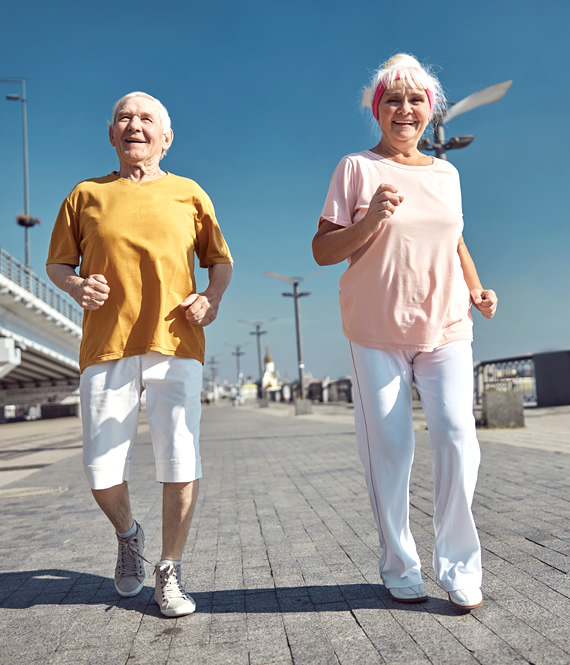
5 Almost Effortless Ways to Encourage Increased Physical Activity in High-Risk People
We recommend helpful products in our articles. Read our full disclosure here. The content on this website is not intended to be a substitute for professional advice, diagnosis, or treatment.
The journey towards increased physical activity and improved stamina can initially feel like it’s not worthwhile for some folks.
But that’s not the case.
The hard part is proving that to your patients or loved ones.
We devised five almost effortless ways to encourage a more active lifestyle in people who need to move more for health reasons.
With these strategies, we hope to show that the path to better health doesn’t need to be strenuous or intimidating.
It can be achieved through consistent, manageable steps and modifications in everyday life.
1. Incorporating Walking into Daily Routines
The single best way to improve stamping and get more exercise is to walk every day.
This may sound simple, but it can make a world of difference.
Walking around the block after meals or setting aside a few minutes daily to walk around the office or house can help blood flow and increase overall energy levels.
It can also help maintain healthy glucose levels, lower body muscle and joint health, and more.
Encourage patients or loved ones to start small and gradually build endurance.
Even a few minutes of daily walking can significantly improve health and well-being.
Alternatively, encourage them to pick up a part-time job.
For those who are retired or live a sedentary lifestyle, a side hustle that keeps them on the move is a great way to get in some exercise and make a little extra cash while they’re at it.
2. Trying Other Low-Impact Exercises
Low-impact exercises such as swimming, elliptical machines, cycling, or yoga are excellent options for those looking to improve their stamina and overall health without putting too much strain on the body.
These activities can also be modified to cater to individual capabilities and fitness levels, making them suitable for almost anyone.
Low-impact exercises provide numerous benefits, such as improved cardiovascular health, increased muscle strength and flexibility, and better overall mood.
3. Embracing the Power of Stretching
Stretching is often an overlooked aspect of physical activity, but it can significantly improve stamina and reduce the risk of injury.
For high-risk patients, gentle stretching exercises can help increase flexibility and range of motion, making daily tasks easier.
Additionally, yoga or Pilates in one’s routine can provide numerous benefits for physical and mental well-being.
4. It’s About the Little Things
We all have those moments when we’re glued to the TV, waiting for our favorite show to resume.
Instead of sitting there during commercial breaks, why not use that time to get active?
Simple exercises such as jumping jacks, squats, or push-ups can help keep your body moving and increase physical activity levels.
Opt for the stairs instead of the elevator whenever possible.
Climbing stairs may not seem like a significant workout, but it can improve cardiovascular health and increase leg strength.
Plus, it’s an easy way to incorporate extra movement into your daily routine without carving out extra time for exercise.
Using this same line of thinking, you can make yourself put in extra effort.
Rather than having groceries delivered, go to the store and park at the back of the lot.
Not only will you have further to walk to get into the store, but you’ll walk around the store itself.
You can employ this tactic anywhere.
For example, it’s time for a doctor’s visit.
You use patient appointment reminder software, so you know exactly what time you need to be there.
Arrive early and park further away to give yourself a few minutes to walk to the office.
Small changes add up over time and significantly affect one’s health.
5. Utilizing Smartphone Health Apps
In today’s technology-driven world, numerous health apps can help monitor and track physical activity levels.
Since most high-risk patients are older, it may take a while to warm up to this idea.
But once they get used to it, they’ll wish they had tried them sooner.
These apps can be a great tool for high-risk patients to keep themselves accountable and motivated towards their fitness goals.
Plus, many offer fun challenges, virtual rewards, and community support to make the journey towards better health more enjoyable.
For those who prefer a structured approach to exercise, online fitness classes can be an excellent option.
With the rise of virtual platforms, many options are available for all fitness levels and preferences.
From low-impact cardio to strength training to yoga, these classes provide convenience and flexibility while offering an effective workout.
Conclusion: Helping High-Risk People Move More
Incorporating regular physical activity into one’s lifestyle doesn’t have to be arduous or time-consuming.
Today, we’ve shown numerous effortless ways to encourage increased activity that can improve stamina, particularly for high-risk patients.
The goal is not to make drastic changes overnight but to gradually introduce more movement into your daily routine.
Choose the activities that resonate with you, and start your journey towards better health today.
"We love to research problems, examine studies, analyze solutions, and share with you ideas that make life healthier. You can learn about us and our editorial standards here. Have suggestions or feedback to share? Send us a message!."

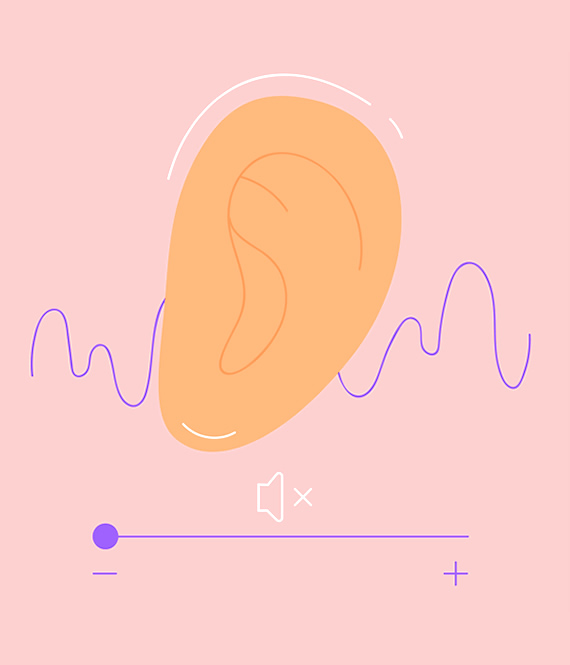
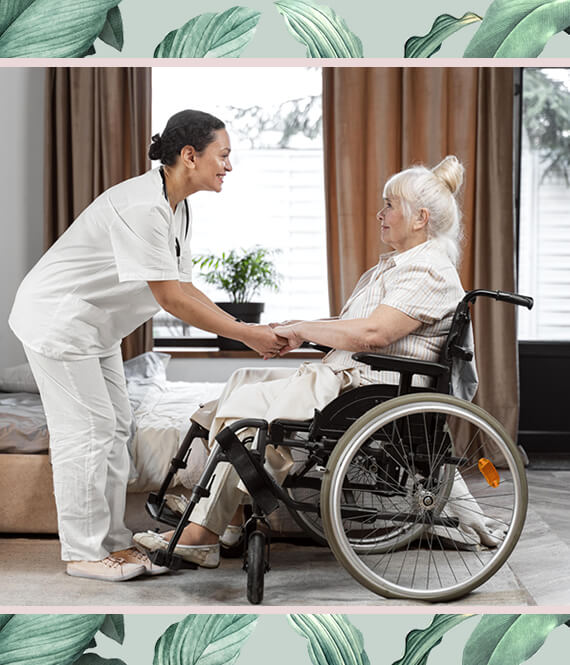



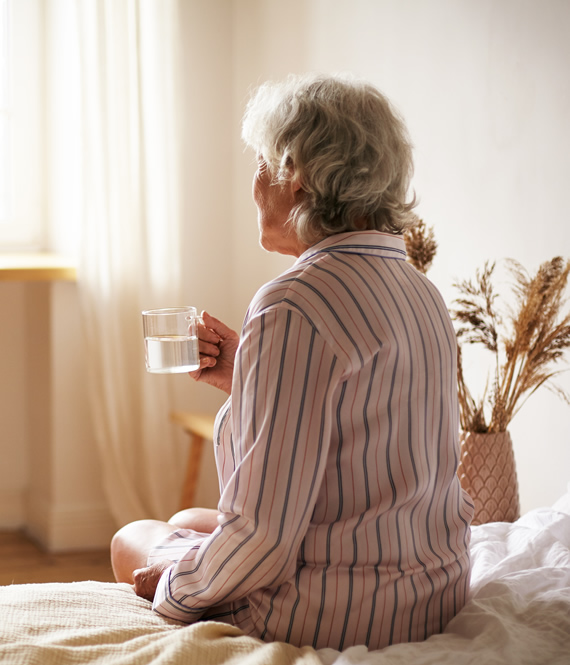
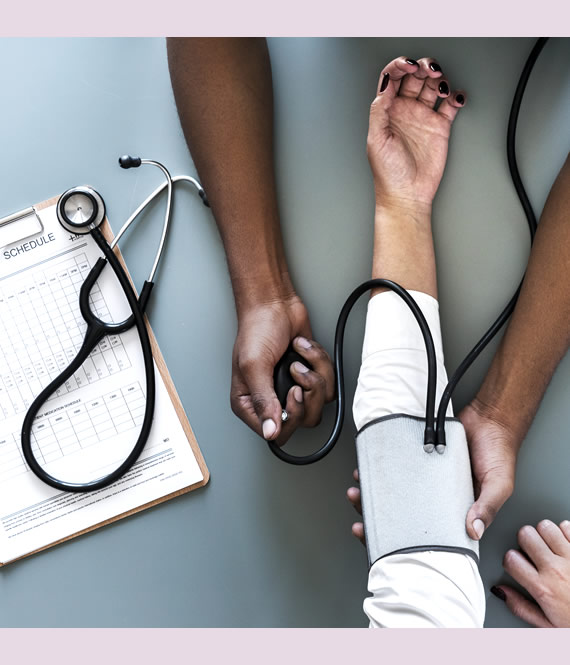

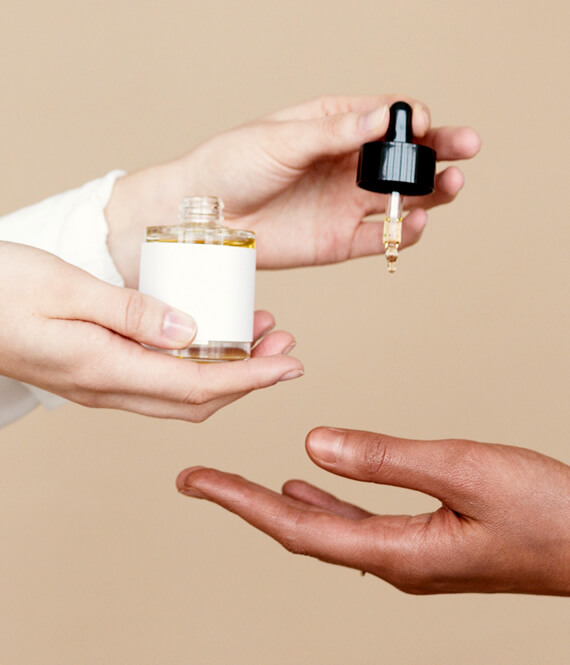
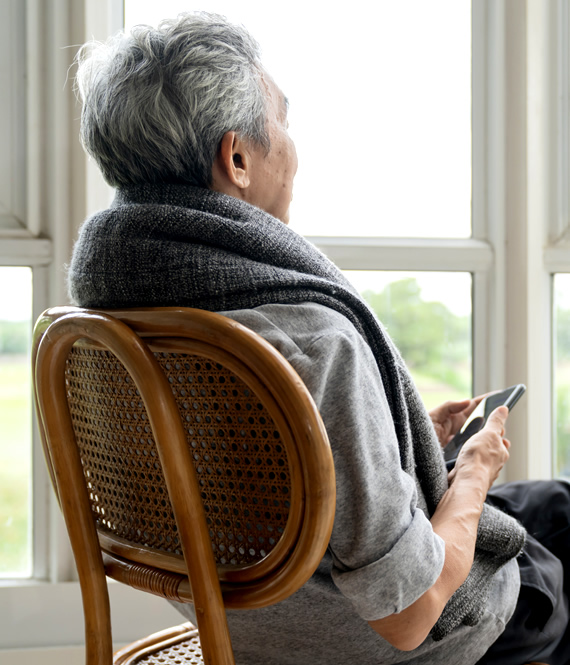
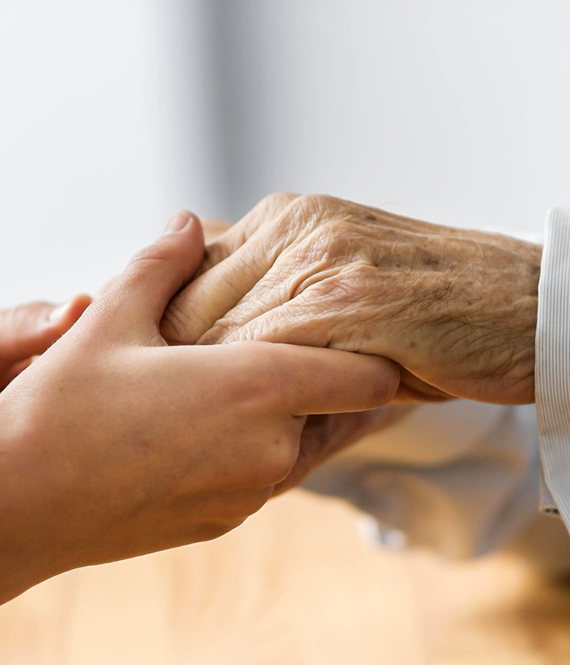
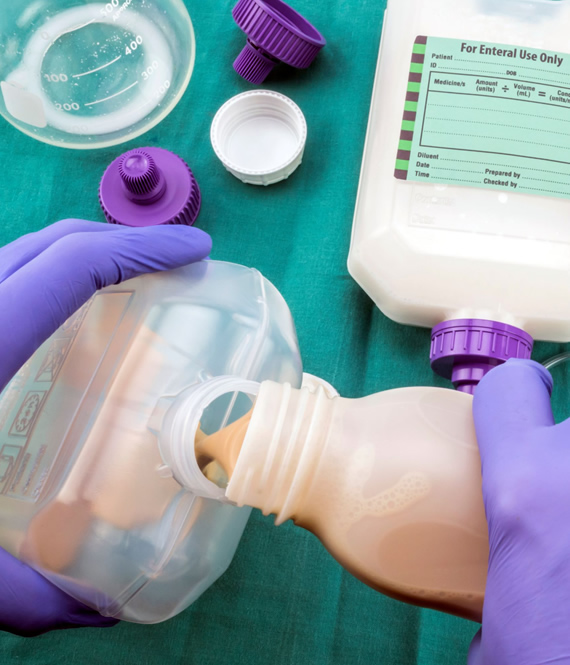
Leave a Comment